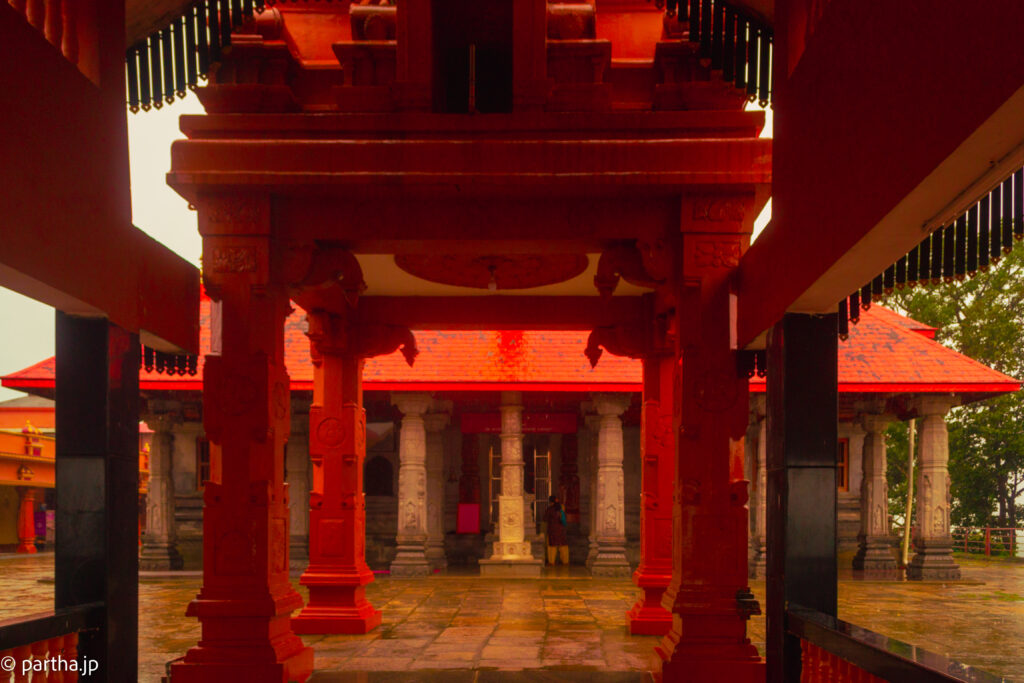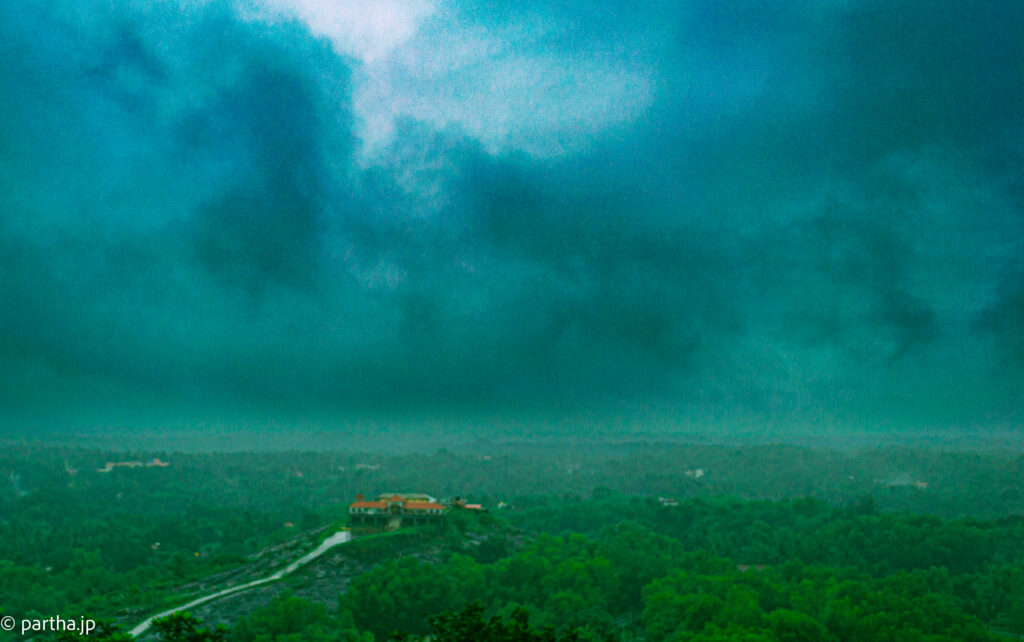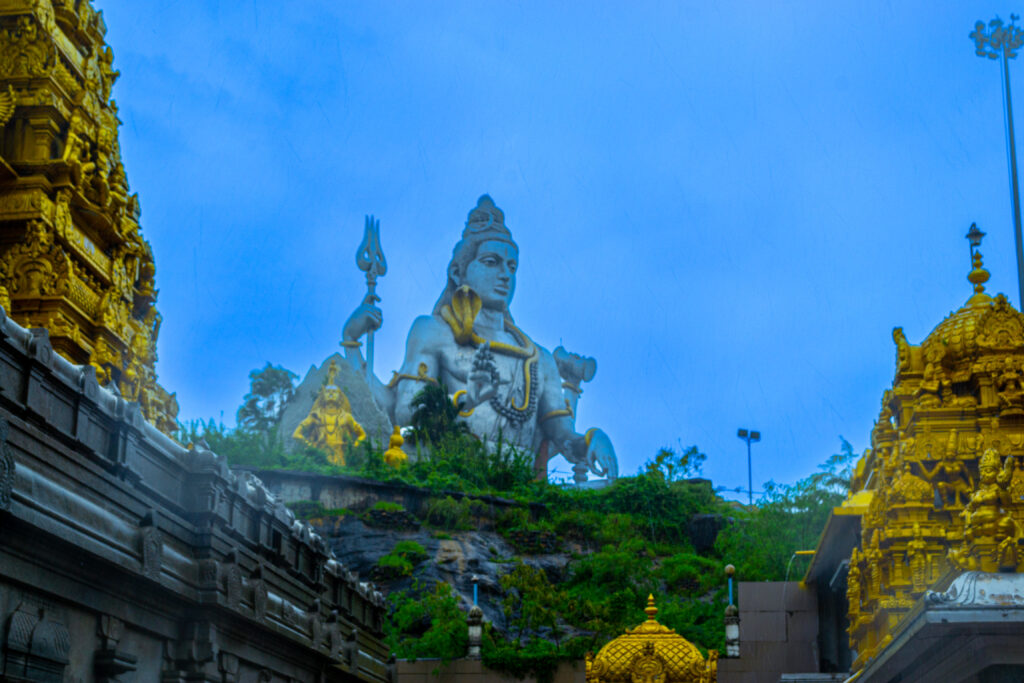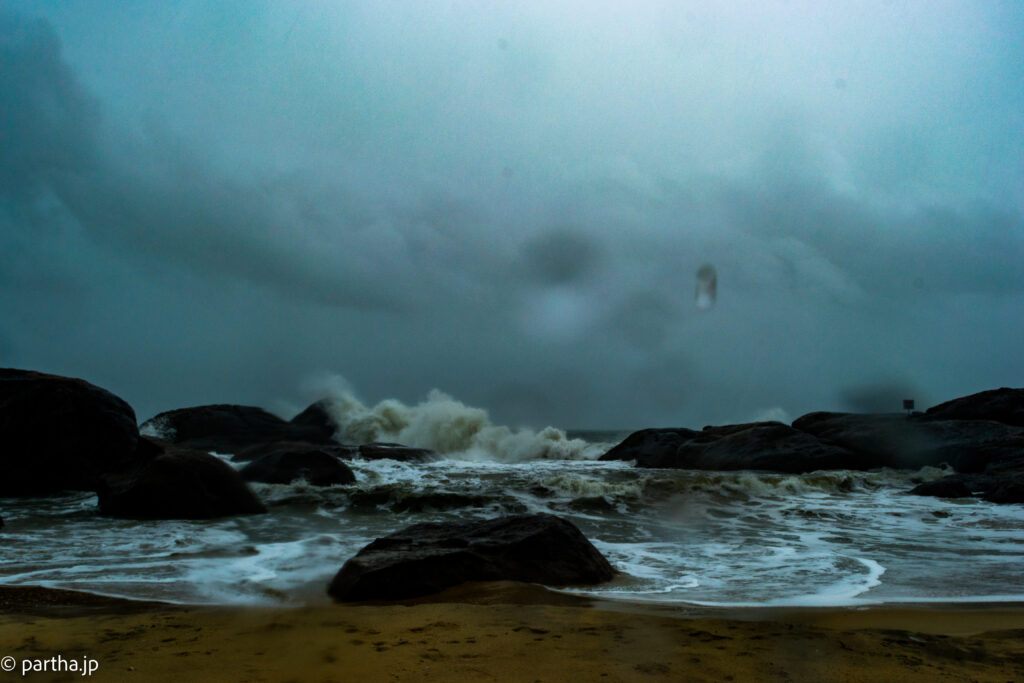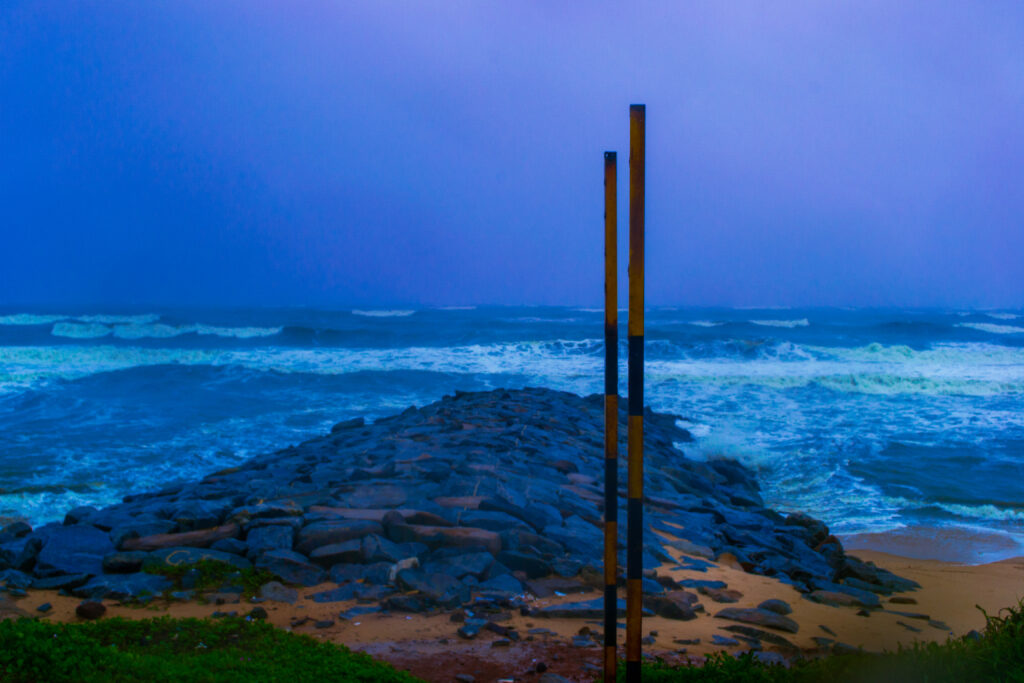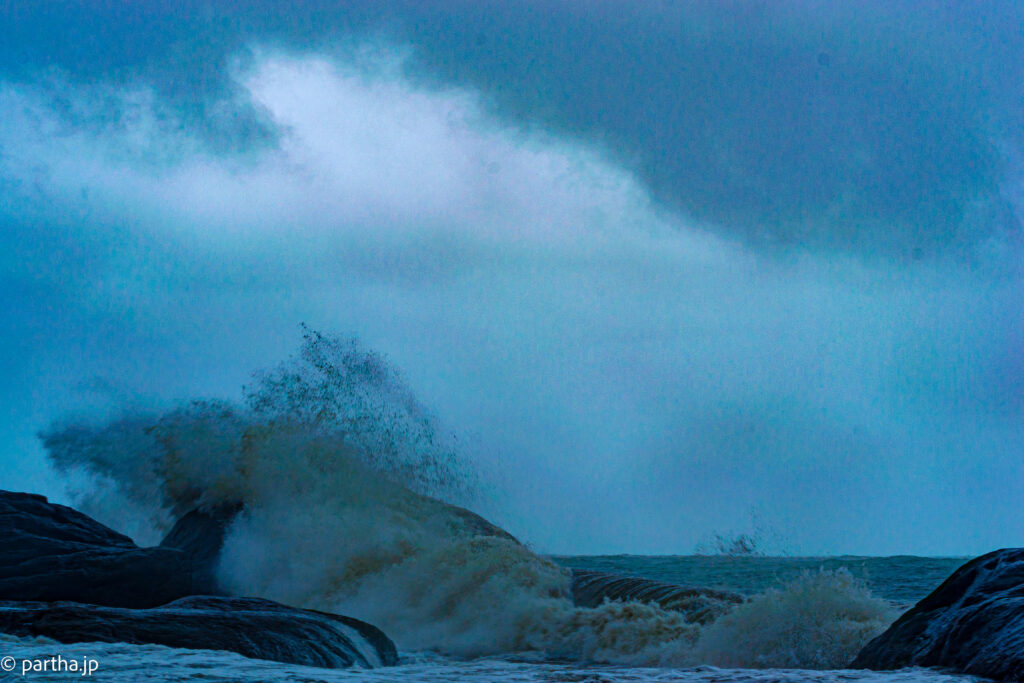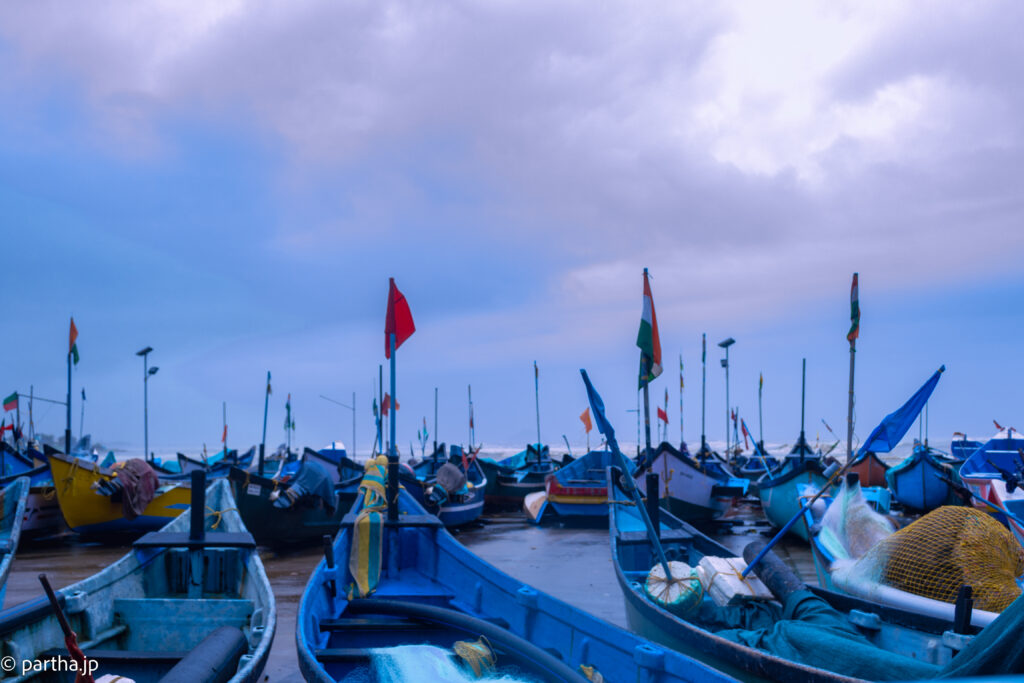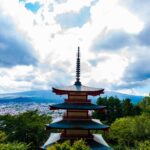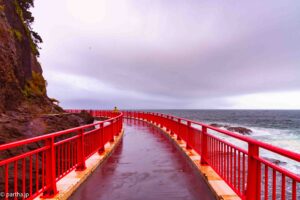Coastal Karnataka in monsoon
The rains flow by like flowing sheets of sheer curtains, lifted up by the winds, blowing past in regular succession. The land around is lush green, vibrant in the downpour , the saturated colours preventing them from getting lost in the haze of rain.
As my car splashes through the rains on NH-66 through visibility that can be limited to a few feet at times, the heavy rains almost blinding, the green on both sides of the highway, the swollen riverbanks and a lush wet landscape make it a worthwhile experience.
Coastal Karnataka stands out in the monsoons. The lush green countryside starting from Kerala and stretching into the better know Konkan is a joy in the rains.
The carefully crafted temples, their history explained by keen priests are compelling even to the agnostic. The narrow winding roads that lead to the temple on hilltops, the serenity of the surrounding, the unhurried approach is a change from life as we know it.
The 13th century philosopher who advocated the dualist approach, separating God and the Individual has a temple at a place called Pajaka Kshetra. I come from a lineage that conforms to this line of philosophy. A rational outlook has always prevented further investigation of religion, beliefs or the lack of them have prevented deeper excursions into philosophy.
But a desire to belong brings me back every-time to this temple, the comfort is in knowing there are beliefs that define who one is. These beliefs , complicated as they are , delve into what is supreme and what is an individual and what leads to salvation.
I spent a rainy week in Udupi in early July, the monsoon rains pounding the region with fierce regularity. The roads are built to withstand the heavy rains and except for getting drenched regularly the weather did not impede our excursions.
The ferocity of the rains was a surprise but so was the ease with which people adjusted their lives around the ever present rains. Children carrying umbrellas sat on scooters and motorcycles as their parents ferried them to schools, farmers in brightly coloured plastic covering worked the fields, the auto-rickshaws put up plastic curtains near the passenger seats, blocking out most of the rains but allowing in an occasional splash from a passing vehicle.
The clouds rolled across from the south, rain pattered over gardens and yards, heavy for a few moments and tame the next ones. There was a sense of peace in sitting in the verandah, watching the puddles form and dissipate. The passing buses across the road cannot destroy the timelessness in watching rain. Nor can the sparks from the exposed power line exploding and diminishing in rhythmic patterns rather alarmingly.
’That happens every time it rains’ is not an explanation that can soothe the nerves. An imminent blackout looms and miraculously does not happen.
On that moisture laden evening as the rain rolled in rhythmically, the shelter of the verandah a comfortable seat to watch the downpour, the soft rush of water flowing through the gutters and seeping into the soil nothing else seemed to matter.
